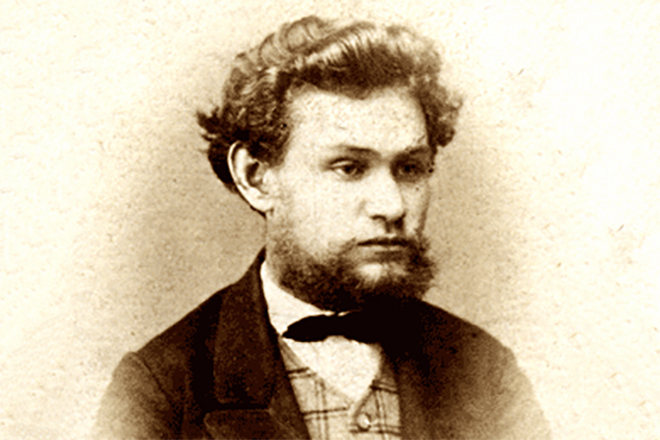

They objected to the pessimism and determinism (all actions driven by the unconscious) of Freud. However, some psychologists were uncomfortable with what they viewed as limited perspectives being so influential to the field.

During the early 20th century, American psychology was dominated by behaviorism and psychoanalysis. Skinner’s two widely read and controversial popular science books about the value of operant conditioning for creating happier lives remain as thought-provoking arguments for his approach (Greengrass, 2004). Despite this, conditioned learning is still used in human behavioral modification.


Skinner’s focus on positive and negative reinforcement of learned behaviors had a lasting influence in psychology that has waned somewhat since the growth of research in cognitive psychology. When the animal pushes the button or lever, the box is able to deliver a positive reinforcement of the behavior (such as food) or a punishment (such as a noise) or a token conditioner (such as a light) that is correlated with either the positive reinforcement or punishment. The Skinner box is a chamber that isolates the subject from the external environment and has a behavior indicator such as a lever or a button. (credit a: modification of work by “Silly rabbit”/Wikimedia Commons) (b) Modified versions of the operant conditioning chamber, or Skinner box, are still widely used in research settings today. Skinner is famous for his research on operant conditioning. This device, known as an operant conditioning chamber (or more familiarly, a Skinner box), has remained a crucial resource for researchers studying behavior (Thorne & Henley, 2005).įigure 2. As a part of his research, Skinner developed a chamber that allowed the careful study of the principles of modifying behavior through reinforcement and punishment. Therefore, Skinner spoke of reinforcement and punishment as major factors in driving behavior. Like Watson, Skinner was a behaviorist, and he concentrated on how behavior was affected by its consequences. Skinner (1904–1990) was an American psychologist. Behaviorism has also led to research on environmental influences on human behavior.ī. Behavior modification is commonly used in classroom settings. In addition, it is used in behavioral and cognitive-behavioral therapy. Behaviorism is largely responsible for establishing psychology as a scientific discipline through its objective methods and especially experimentation. Indeed, Tolman (1938) stated, “I believe that everything important in psychology (except … such matters as involve society and words) can be investigated in essence through the continued experimental and theoretical analysis of the determiners of rat behavior at a choice-point in a maze.”īehaviorism dominated experimental psychology for several decades, and its influence can still be felt today (Thorne & Henley, 2005). Behaviorism commonly used animals in experiments under the assumption that what was learned using animal models could, to some degree, be applied to human behavior. A major object of study by behaviorists was learned behavior and its interaction with inborn qualities of the organism. Watson was a major proponent of shifting the focus of psychology from the mind to behavior, and this approach of observing and controlling behavior came to be known as behaviorism. Because he believed that objective analysis of the mind was impossible, Watson preferred to focus directly on observable behavior and try to bring that behavior under control. While Wundt and James were concerned with understanding conscious experience, Watson thought that the study of consciousness was flawed. Watson (1878–1958) was an influential American psychologist whose most famous work occurred during the early 20th century at Johns Hopkins University. Watson is known as the father of behaviorism within psychology. Pavlov’s “classical conditioning” is only one form of learning behavior studied by behaviorists.įigure 1. Once the response to the second stimulus was “learned,” the food stimulus could be omitted. The salivation reflex could be elicited using a second stimulus, such as a specific sound, that was presented in association with the initial food stimulus several times. The reflex Pavlov worked with was salivation in response to the presence of food. Pavlov studied a form of learning behavior called a conditioned reflex, in which an animal or human produced a reflex (unconscious) response to a stimulus and, over time, was conditioned to produce the response to a different stimulus that the experimenter associated with the original stimulus. Explain the basic tenets of humanism and Maslow’s contribution to psychologyĮarly work in the field of behavior was conducted by the Russian physiologist Ivan Pavlov (1849–1936).Define behaviorism and the contributions of Pavlov, Watson, and Skinner to psychology.


 0 kommentar(er)
0 kommentar(er)
